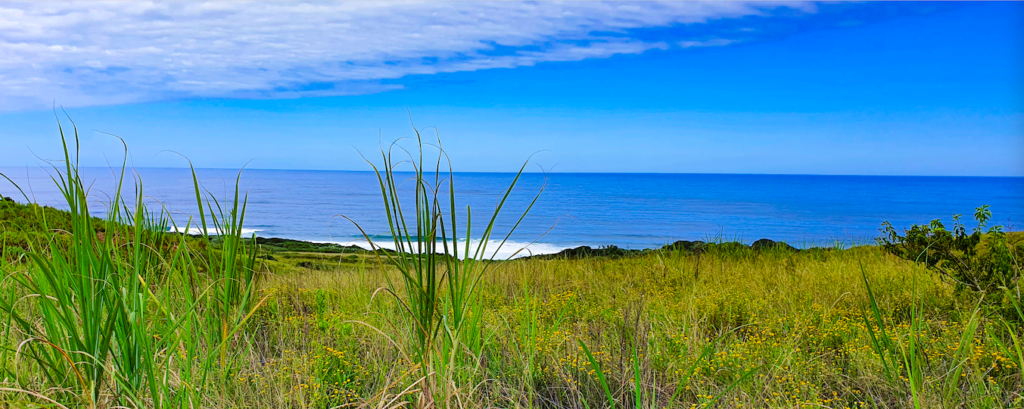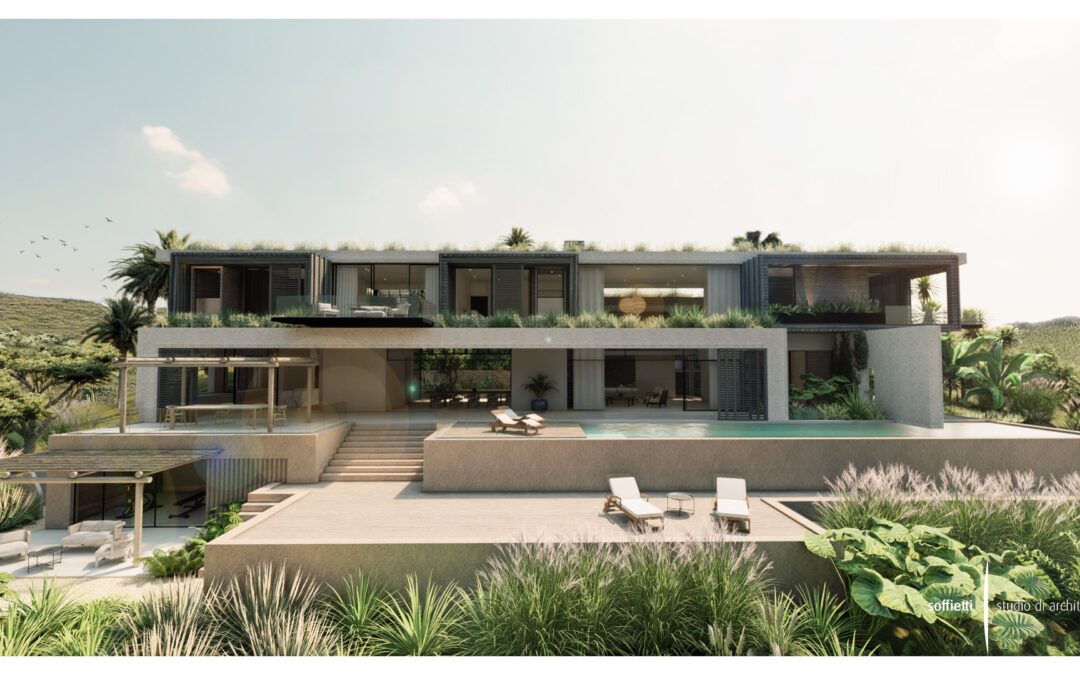New to KZN and its local architecture scene, Studio di Architettura is building an identity that offers something new to the local market. Its portfolio is eclectic, having completed stunning projects in the Caribbean, Cape Town, Johannesburg among others. Soffietti – Studio Di Architettura is developing a new architectural language for the Dolphin Coast at Seaton Estate that emphasises an integration of design with sustainability.
Says founder Giuseppe Soffietti: ‘Sustainable architecture is still a ‘nice-to-have’ feature, not a ‘must-have’ feature of development as it’s supposed to be. We are actively engaging in this very important conversation about the evolution of Environmentally Sustainable and Resilient Design.
‘Through local methodology we can imbue buildings with meaning and significance, but also unlock deeper avenues towards sustainability, longevity and stability. By creating a hybrid of modern technology and passive design principles, we can begin to develop a local architecture that values its aesthetic and functional impacts, merging beauty with efficiency.’
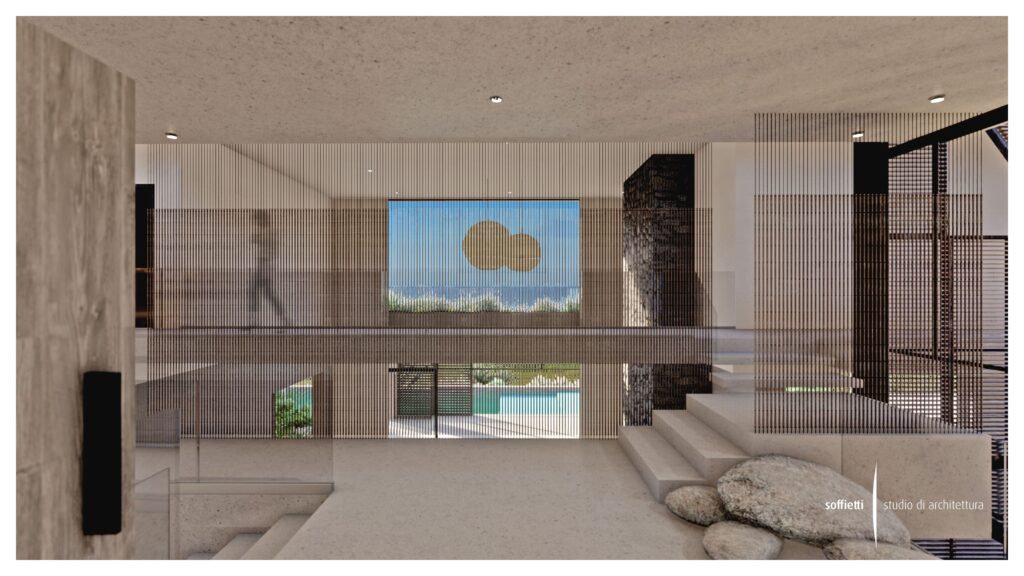
The Studio hopes to combat the impact of international architecture by turning towards an architecture of place. Says Giuseppe: ‘We seek to enforce the use of local materials, local building practices, landscape and heritage, cultural symbolism etc.
‘Art echoes the lives of those who create it. As we pass through time and place, art will change. Architecture and design are a means of applying art to the everyday. Our ultimate aspiration is to create architecture that echoes life.
‘As creatives, we get excited when people make us imagine! We want people to imagine a new language, a new way of expressing themselves.
‘Sir Winston Churchill suggested the relevant conclusion that once we’ve shaped our buildings, thereafter they shape us. A new layer of responsibility towards how we see our built environment is suddenly added. We aren’t just designing for how we want the world to see us, but for how we wish to see ourselves.’
Soffietti – Studio Di Architettura wants you to imagine a local identity; to open the question of what local art and architecture can mean to people living in various parts of South Africa. Do we conform to international trends and fads, or do we fight to maintain our own unique languages?
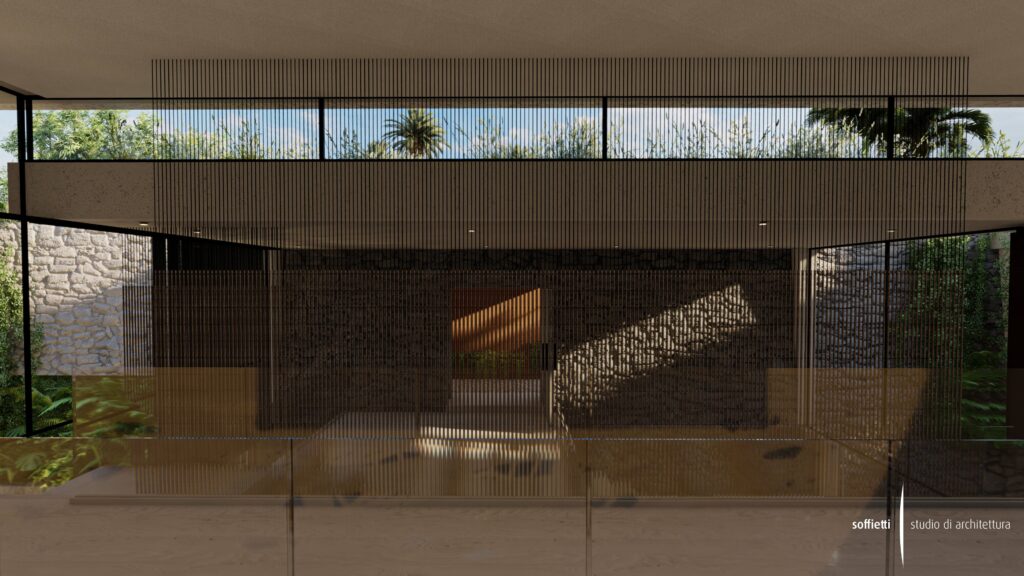
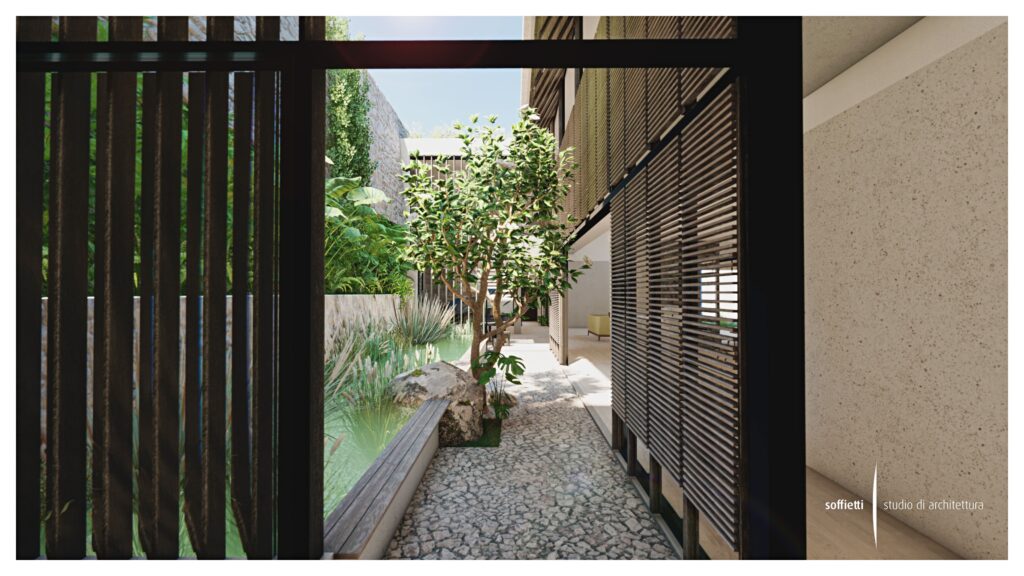
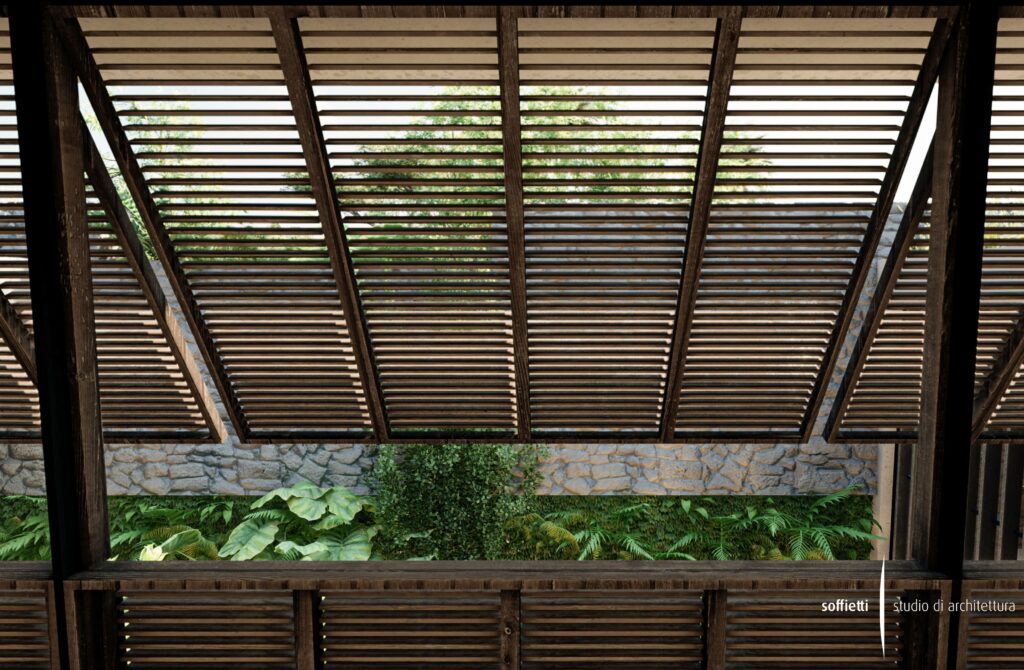
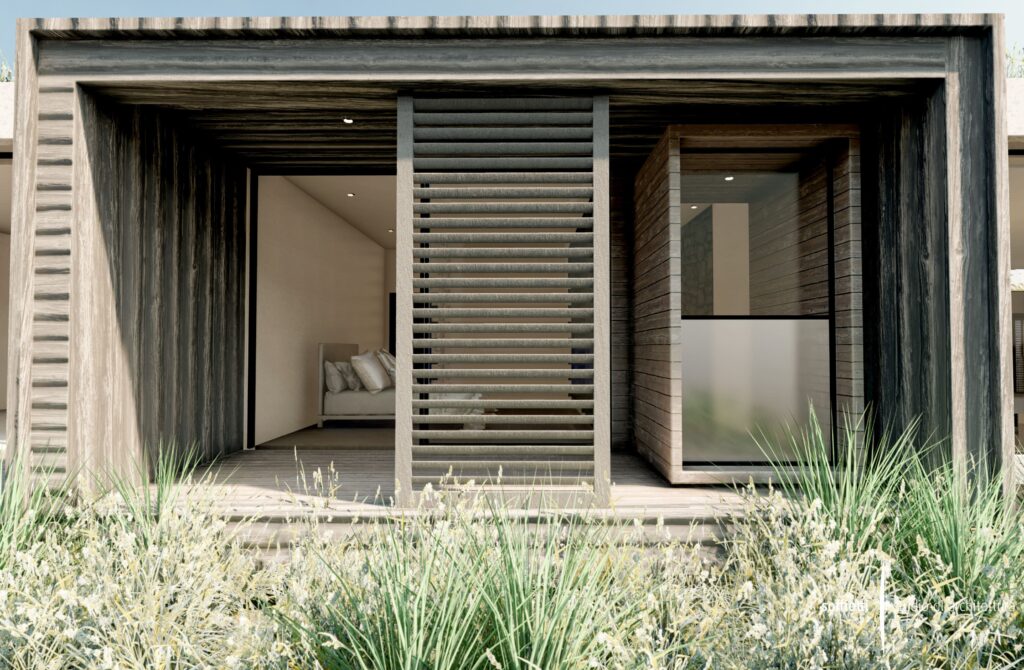
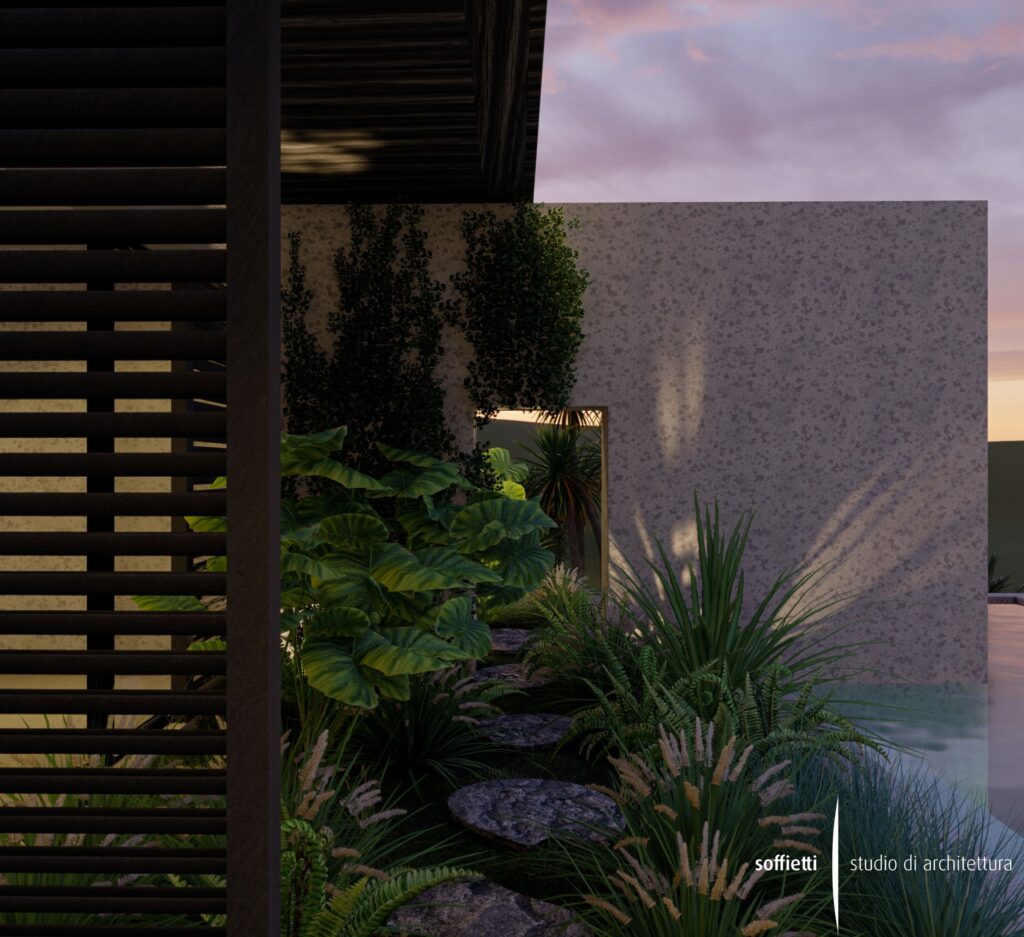
The developers are also targeting the international market with special emphasis on northern Europe / Scandinavia. There’s a lot of demand for alternative investments outside Europe: the North Coast is the fastest developing area in SA, there are so many opportunities here.
Since approaching Pam Golding Projects and Collins Residential Group to partner with Soffietti – Studio di Architettura on the proposal for the exclusive development within Seaton Estate, they’ve been exploring the true sense of the word sustainability in showing how elements of energy saving, environmentally friendly, design-oriented solutions need to become the norm.
Modernist Tropical Architecture adheres to the traditional understanding of its environment and successfully integrates a sense of structural innovation, the fundamental ingredient to Modernism. The approach is able to evolve in a tropical climate with construction materials that adapt to modern lifestyles and technologies; and by those means espousing resilience and evolution.
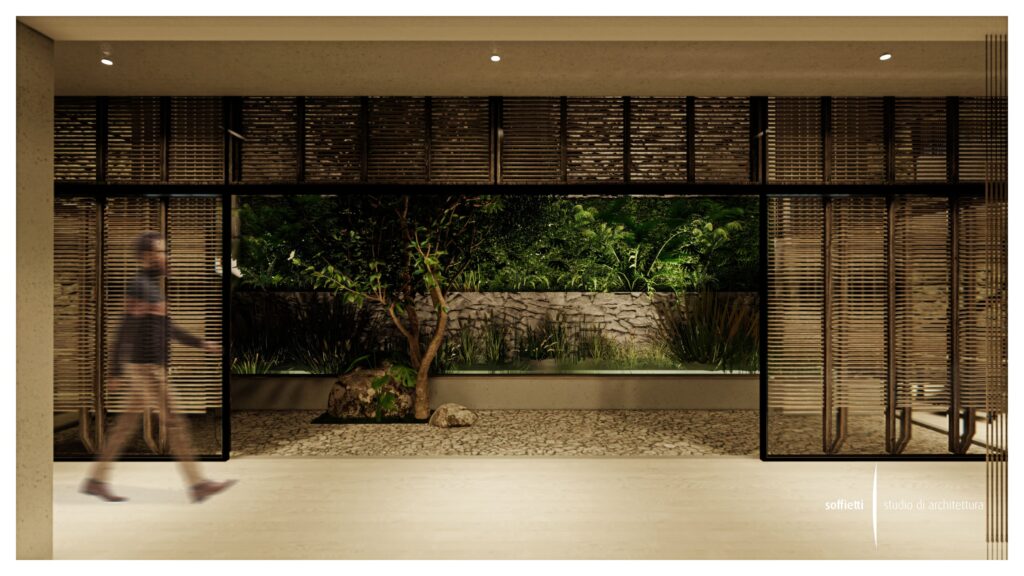
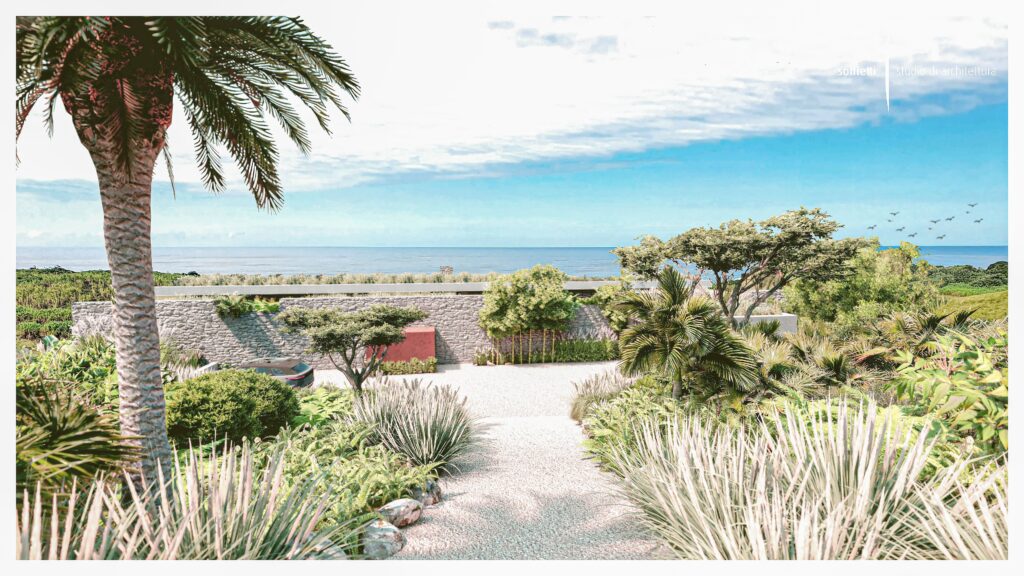
50% of the world’s population lives in the tropical strip, the fastest growing cities are located in it, as well as 70% of the forests that help contain the increase of CO2 emissions. More than 108 countries are partially or completely located in the tropical belt, and almost all have developing economies, making them fall into the category of countries with medium and low income.
The incorporation of the tropical strip into Global Sustainable Development must be done according to its circumstances in terms of natural resources, human capacities and socioeconomic conditions. To design a coherent and adapted architecture, the values of specificities of tropicality must be recognised.
Guidelines for Tropical Design and Expression
There is a recent trend in international competitions of timid dissemination of regional architectures, including tropical ones with their own design guidelines and expressive architecture. It is, however, perceivable that they continue to be described pejoratively as ‘other architectures’, and in this way, critics and curators insist on valuing them as an anecdotal product of exoticism.
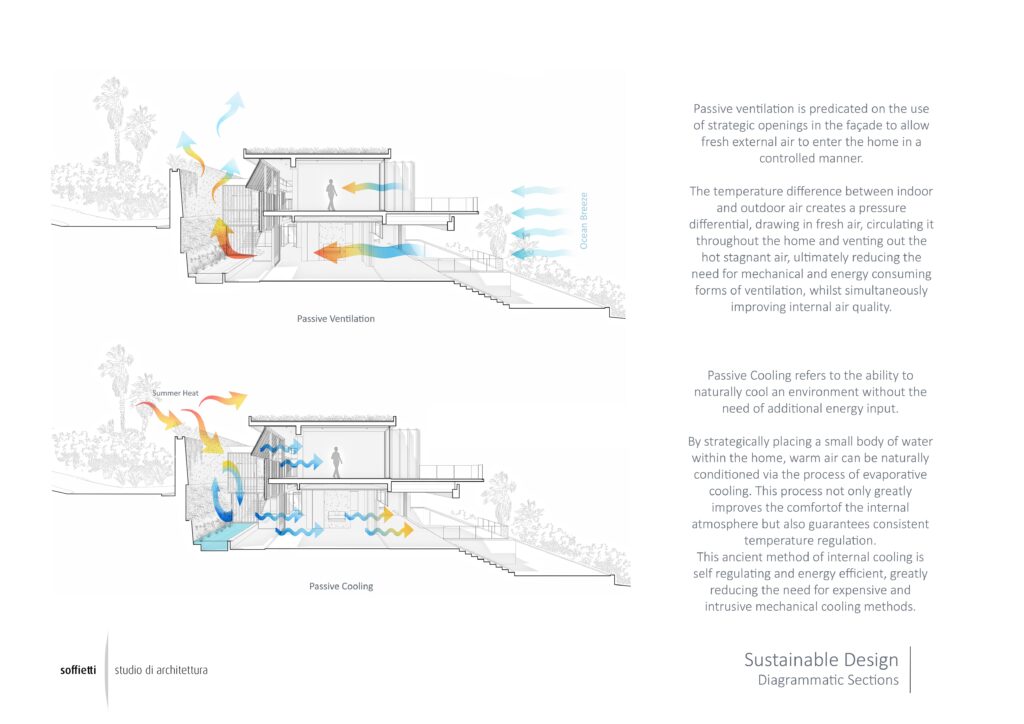
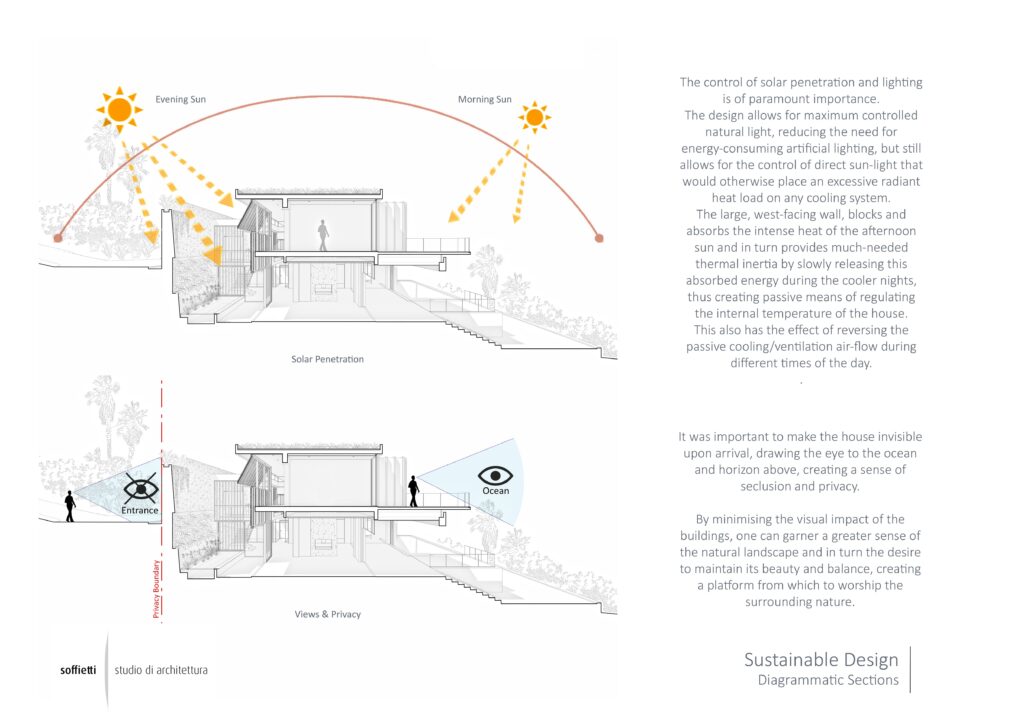
The inspiration arises from the traditional architecture of different historical eras from which the design guidelines for contemporary tropical architecture have emerged. These architectures had to consider the creation of shade, cross ventilation, the abundance of rain, the sun and the heat, the gloom of the interior spaces, the sky and its low clouds as a surrounding landscape, steeply sloping roofs, the lush vegetation, the textured walls, simple materials and human realities.
The result is an architecture that by its design guidelines produces characteristic buildings with a special aesthetic that expresses the relationship between architecture and the fundaments for life.
It is to add an eave to cover a door or a window of rain and sun, an umbrella roof – but at the same time to ventilate and illuminate, to make the landscape dense in foliage in order to ventilate and refresh the environment. It is to design a multilayer façade to reduce radiation, to direct the breeze inside, to shade the windows, to cool the walls and to direct the views.
The building project as a whole must be optimised, rather than concentrating on solving isolated parts and seeking partial benefits, such as lighting, energy consumption, or recycling of materials and water.
The architecture must be conceived to achieve multiple harmonies.
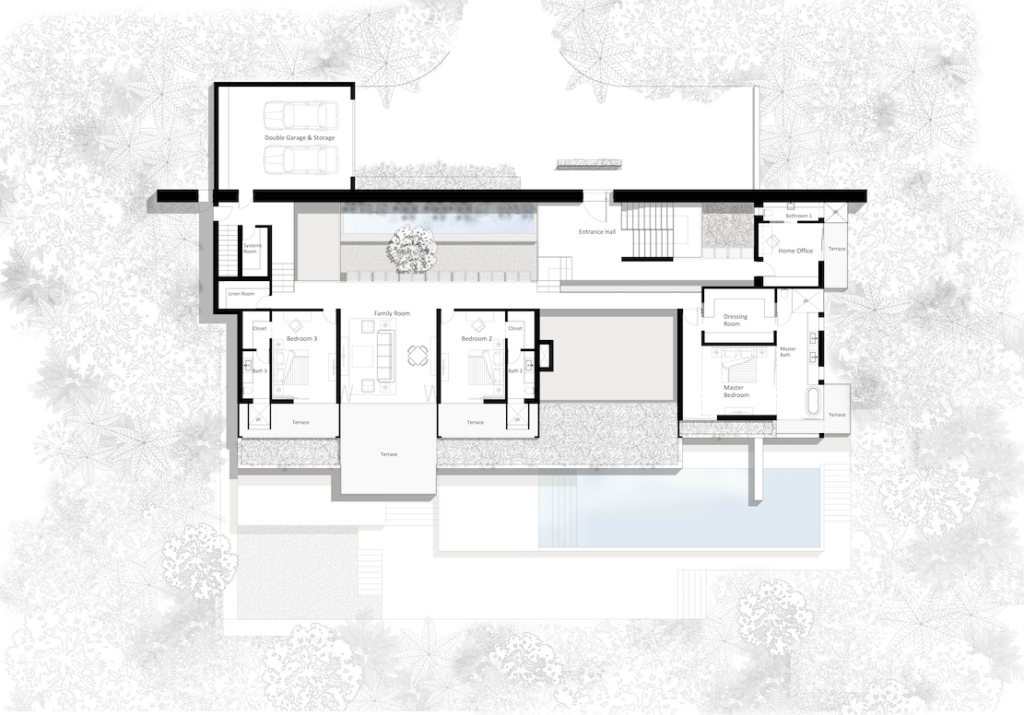
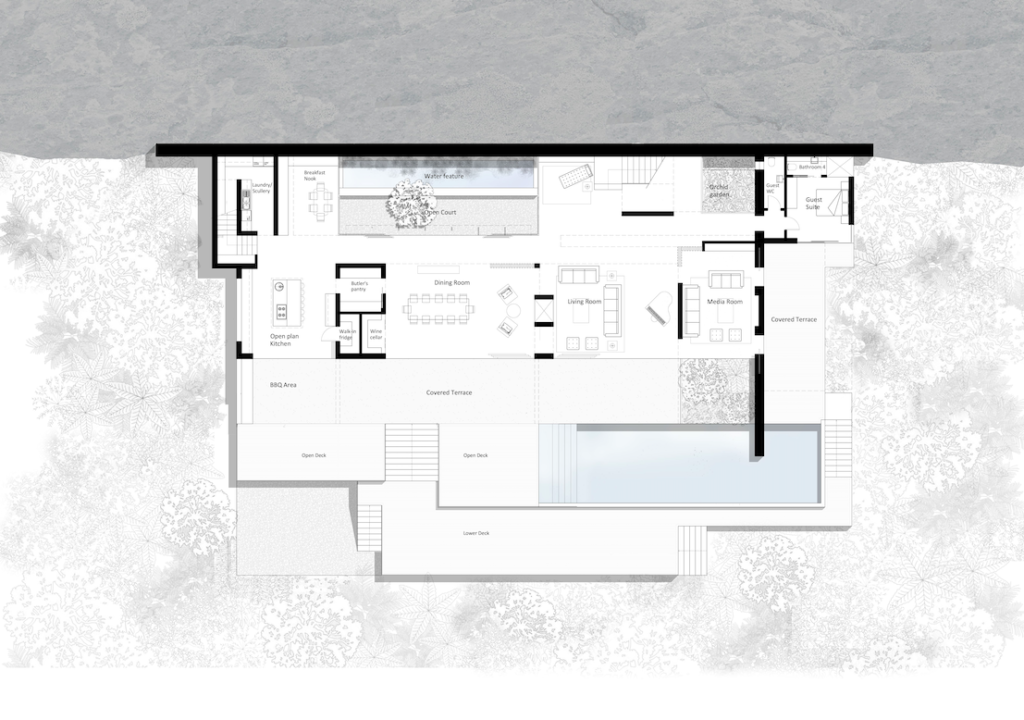
The Golden Ratio that was valued as a canon of aesthetics in the styles of classical and renaissance architectures, is now exchanged to a Natural Golden Ratio between socioeconomic reality, passive energies, materials, form and expression of contemporary architecture tuned with nature. It is a balance between resources and architectural expression.
Visit the Soffietti – Studio Architettura’s website here and follow the development on IG here @soffietti_architects; email: gs@soffietti.co.za; Call Giuseppe Soffietti on mobile: +27(0)82 601 5111
If you’re interested in this development reach out to David Cameron of Pam Golding properties via his email: David.cameron@pamgolding.co.za
